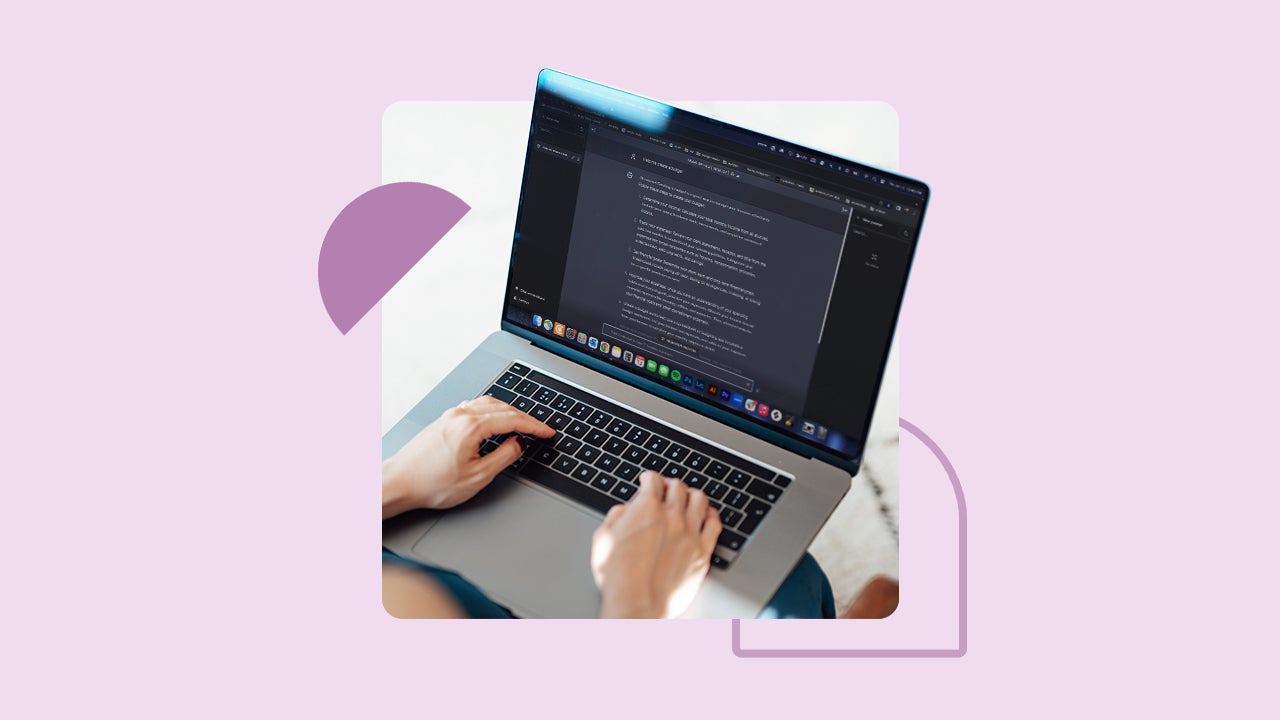Debit-card spending limits: How to increase yours

Key takeaways
- Debit card spending limits are safeguards to help prevent excessive, unauthorized spending in the event your card or account details are stolen.
- Daily limits vary widely by bank.
- If you need to make a large purchase or regularly run up against your limit, you can ask for either a temporary or permanent increase to your limit from your bank or credit union.
Regardless of how much cash is in your checking account, a daily debit card limit can cause a transaction to be declined.
The daily debit card limit is typically several thousand dollars, though it varies among banks. Those who regularly use their debit card and make large purchases from time to time can request a higher daily debit card limit to accommodate their spending needs.
What are debit card limits?
A debit card spending limit is the maximum amount of money you can spend using your debit card in a single day. These limits are set by your bank or credit union as a security measure in order to protect your account from fraudulent activity by preventing sudden, excessive purchases.
Unlike credit cards, debit card limits aren’t usually displayed on statements or mobile apps. To check your daily spending limit, you can:
- Call your bank’s customer service line
- Visit a local branch
- Review your account agreement or disclosure documents
- Contact your bank using the secure messaging on the bank’s website or mobile app, if available
Knowing your limit ahead of time — especially before making a large purchase — can prevent declined transactions and save you time. But be wary of raising it too much. Keeping your daily debit card limit at a level that is appropriate for your spending habits can help reduce how much someone who has stolen your debit card, or debit card information, can spend in one day.
How to increase your debit-card limit
1. Call your bank to ask for a daily limit change
Contact your bank to see if it will increase your daily debit card limit on signature and PIN-based purchases.
There are separate debit card and ATM withdrawal limits, so if being able to withdraw large sums of cash is a concern, ask to change the daily ATM withdrawal limit, too.
2. Consider whether you want a permanent or temporary change
Your bank may ask whether you want the limit change to be permanent or temporary. A temporary change can make room for a big, one-time purchase — such as a new appliance or engagement ring — and revert to the normal, lower limit after.
Some people, however, may want a decrease to their daily debit card limit. A parent who shares a joint checking account with a student, for example, may ask the bank to decrease the student’s daily debit card limit to keep the student from overspending. It could also help limit the chances of incurring overdraft fees.
Debit card limits at banks you may use
These are the default daily spending limits at some well-known banks and credit unions. Some banks set separate limits for ATM cash withdrawals. We have noted when a bank includes ATM withdrawals within its debit card spending limits. Otherwise, we are only listing the signature- and PIN-based purchasing limits using your debit card, not the ATM withdrawal limit.
It may be possible to increase these spending limits by contacting the bank or using online account management.
| Bank | Daily debit card limit |
|---|---|
| Ally Bank | $2,000 for the first 30 days, then $5,000 |
| Bank of America | $2,000 |
| Capital One | $5,000 (including ATM withdrawals) |
| Citibank | $5,000 for the standard account |
| Navy Federal Credit Union | $5,000 for Flagship Checking; $3,000 for all other accounts |
| State Employees’ Credit Union | $4,000 for most accounts |
Note: Limits shown above were gathered Dec. 3, 2025 and are subject to change at any time. Limits can differ based on the type of checking account, customer status or specific card features. Always confirm your debit card limits with your bank.
Alternatives for making larger purchases
A debit card may not always be the best option when paying for a large purchase, even if you have the right debit card limit. Consider some alternatives when making a large purchase.
- Credit cards. While a credit card may be an option, balances carried over from month to month will accrue interest, which can be substantial and add to the overall cost of your purchase. If you have the funds, pay off the balance immediately to potentially avoid interest charges. If you need time to pay off the purchase, consider a credit card with a 0% APR promotional period.
- Wire transfers. You can move money electronically from one bank account to another through a wire transfer. Each bank might charge a fee for incoming and outgoing wire transfers, though some will provide the service for free. Typically, it’s an instantaneous transfer of money between accounts. Or, you can opt for an Automated Clearing House (ACH) transfer, which is normally free but takes between one to three business days to complete.
- Cashier’s check. If you need to make a large payment — such as the down payment for a home or vehicle — that is guaranteed not to bounce, consider purchasing a cashier’s check from your bank. These typically cost between $10 and $15.
- Personal loan. If you have a large, lump-sum amount you need within a few business days, you could use a personal loan to cover costs. You can use a personal loan for just about anything, whether it’s covering an emergency or consolidating your debt. Interest rates can vary widely, and taking on new debt means committing to monthly payments that could strain your budget.
Why we ask for feedback Your feedback helps us improve our content and services. It takes less than a minute to complete.
Your responses are anonymous and will only be used for improving our website.
You may also like

How to make a budget using ChatGPT






